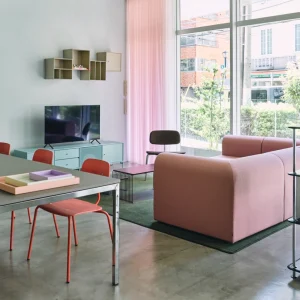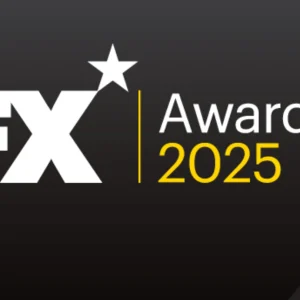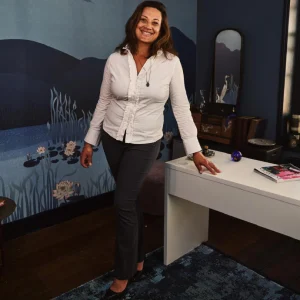The regulations acknowledge the central role of mosques in the community life of Abu Dhabi, and have been designed to optimise the distribution of mosques and enhance their role within communities, encourage innovative design while preserving Emirati architectural heritage, and ensure that mosques are built, operated and maintained to the highest international standards. These will be applicable to all new mosques and shall be used for refurbishment or reconstruction of existing mosques in the Emirate.
Divided into three volumes, the Mosque Development Regulations cover all aspects of the planning, design, and operation of mosques across Abu Dhabi. They are also supplemented by a comprehensive user guide, which comprises a user-friendly checklist to assist implementation in addition to appendices on Estidama, Architectural Prototypes and a Vernacular Study, which was completed to inform the regulations.
The regulations encourage the preservation of local heritage by promoting both traditional and contemporary interpretations of Emirati mosque designs as well as the use of local materials, colour palettes and patterns. Architects and engineers are also encouraged to use sustainable approaches, such as natural ventilation and lighting. Additionally, Estidama requirements are embedded in the regulations to ensure implementation of a pathway for a 2 pearl mosque.
According to the new regulations, mosques are expected to be located within 350 metres with separate designated space for female praying areas. All public and non-residential buildings, too, must designate space to pray for both men and women. Few of the design recommendations include clear demarcation of areas containing toilets from the ablution area; water-saving taps in wet areas; ablution facilities should be connected to the main prayer hall via a shaded corridor or lobby; and a clear layout for different functional areas such as the entrance, the courtyard and the prayer hall in new mosques, among others.
The regulations are expected to be an essential tool kit for donors, designers, contractors, architects, engineers, Estidama PRS Professionals, municipalities and consultants. An Integrated Development Process (IDP) is also expected to be used to ensure that all stakeholders work together effectively.





